|
This is part two of my musings on art in the dark lately. We just finished our Light and Dark unit with our preschoolers (read more here) in the studio. I'm hoping THIS post inspires you to incorporate dark play into your home.
Although my kids are almost teenagers, I remember what winter was like with kids cooped up all day. I remember the post-nap, pre-dinner hours being the worst. It was cold. It was dark. And everyone was cranky. On these short winter days, my kids would BEG to play in the dark. They would help me pick up the main rooms in the house (I told them it was for safety) and once everything was clean...er, I mean, safe, we would turn off all the lights in the house. Then, we would get out the different lights and PLAY. The possibilities are limitless. Just normal play is novel when you have to use a flashlight to see it. But of course, art is our favorite kind of creative play. And since we're an art studio, I've compiled a list of some of my favorite Art-in-the-Dark ideas for home use. No fancy supplies needed. Just some basic art supplies and a light source. (there's a light source list at the end too) At-Home Ideas
Capture the Shadows
Shadow Building
Build a Light Box
Mess-Free Finger Painting
Paint right on top of the light and see those colors in a whole new way! Fill a gallon zip-top plastic bag with a few dollops of paint. Secure the edges and top with clear packing tape and tape flat to the light table**. Artists can squish the paint around in the bag to mix the colors. Older artists can even draw designs in the paint.
**You can do this same one in light too. Tape to a window or glass door and the sunshine will make a similar effect. Plus, the vertical work surface conditions those core stability muscles and shoulder muscles that all kids need for great fine motor skills.
Sand Drawings
Shadow Puppet Theatre
Lighting Options
Start building your collection of illuminating toys! Here are some of our favorites:
This week, we tried something new in our preschool classes: We used sumi ink and brushes to draw. Since our class was all about caterpillars today, we drew caterpillars. I think you could draw anything. Butterflies would be fun. And I can't wait to do self portraits like these (It's on the schedule for one of our summer classes). We began by looking at photographs of caterpillars and talking about the different parts of a caterpillar. We learned that there are different kinds of caterpillars that have different features. I had the children give me directions on how I should draw a caterpillar on the white board. Then we passed out large sheets of paper and invited the artists to find a spot on the floor to work. I feel like for the scale of the paper and the length of our brushes, the floor was the best place for them. We handed out a small amount of ink in individual glass jars (like a tiny bit of ink...a little goes a long way!). There's something magical about preschool line drawings. They are bold. Their subjects are both simplified and amplified. Usually we do them with black sharpies. But INK is a whole 'nother level. Sumi ink is rich, black liquid. It paints on so smoothly. And it covers the surface quickly (which is important for preschoolers). Unlike the sharpie, a brush gives us thick lines and thin lines. And even some scratchy lines where our artists were running out of ink. Unlike our tempera paint, the ink isn't gloppy and thick. But it also doesn't run and drip like watercolors. It's the perfect consistency. If you try out some sumi ink at home, make sure that you protect your surfaces and wear a paint shirt!
(And get those frames ready because you're going to need them!)
er\\This picture book tells the story of a boys adventure through the woods with a flashlight. He discovers many animal friends using his flashlight. The illustrations are primarily black and white. Only the subjects illuminated by the beam of light are in color. The darkness surrounding his is illustrated in a lower-contrast grey.
Our artists enjoyed telling the story (since their are no words) and looking deep into the shadows to see if they could see what was happening behind the scenes, unknown to the boy and his flashlight.
In reading our story, we pointed out the uniqueness of the illustrations and the artist's use of contrast. Then, we gave our artists some charcoal to respond to the story in their journal. We used both compressed charcoal, charcoal pencils, and white charcoal. We also had blending stumps.
Artists worked inside their journals which keeps a record of each story we read.
Blending and smudging the charcoal is the best part.
Our responses to the story show the same darkness, shadows, and low contrast as the book illustrations. Some of our artists chose to document the animals while other drew the boy.
Our journals each got a quick spray with fixative and a sticker to label the date and the story. And then we moved on to the next activity! (nothing in our 90 minute class lasts more than 15-20 minutes).
I hope we've inspired you to explore shadows-and-highlights with your preschoolers either at home or in the classroom!
More from the Preschool Art Room:We've had out 3Doodlers for a month now and I finally feel comfortable writing a short review of the product. If you're not familiar with the 3Doodler, check out the video link below for the newer 2.0 models: Our studio invested in a few of the 2.0 because they were quieter and lighter and not too much more expensive than the older model. We currently have three of the 3D printing pens. We've used them for two classes and the our instructors have had a chance to play with them. Here's what we've learned:
Check out the video of the butterfly Miss Allison made from a translucent blue PLA plastic: Want to play with a 3Doodler?Our Emerging Artists class which meets on Wednesdays nights will have access to use the 3Doodlers whenever they wish. We'll also be using them during many of our Camps and Makerspace Events!
The first thing to identify is the vanishing point. Your vanishing point is at eye level of the viewer. If you're creating a drawing from your own creative brain, this is important to know -- because where ever you set your vanishing point, you "put" your viewer there.
Take a look at the photos above. The vanishing point is higher and lower because the camera was raised and lowered. Notice that the bottom photo is the perspective of a REALLY tall person but the top photo is taken from the perspective of a small child. The vanishing point shifts up or down the depending on the viewer. Once you have your vanishing point established, the rest of the lines radiate out from the center. Table tops, table legs, shelves, mirrors, picture frames, baseboards...anything that follows the walls of the room. Assuming all of your furniture follows the walls, your drawing should be composed of only three types of lines: Vertical, Horizontal, and lines that radiate from the vanishing point. Our Drawing Fundamentals class has spent the last two weeks focusing on ACCURACY. Accuracy in rendering a subject, either from a photo or from still-life, is one of the first skills that we work on. Angles and shapes fit together in the proper scale and proportions. Talented artists who can render accurately have amazing EYES. It's not just the hands that draw. We would even argue that hands aren't even the most important tool in drawing. Drawing begins with the eyes and an awareness of how these angles and shapes fit together. One of the best ways to train our eyes to SEE these relationships is through drawing on a grid. Grids break up the large page into smaller, more-manageable spaces. They give us a roadmap to follow. It's easier to plot a point and hit the target if we narrow the playing field! Below is an example of a simple grid drawing. The original line drawing is on the left and the artist's rendering is on the right. Completing this drawing without a grid, is much more difficult! (We know. We tried!)
Click here to download a printable grid and simple line drawing that you can try at home!
(Easter-themed, because we're dreaming of spring!)
Art Activity Set-up
For our classes this week, we taped color photos to the table using clear packing tape. The photos are just printed from a google image search. You could also use photos from magazines.
An alternative to the packing would be to laminate your printed pictures or to place them in plastic page protectors. We set up our tables prior to the start of class. All that's left to do is play! The Art Invitation
Using dry erase markers, the artists can trace eyes, noses, mouths, ears, eyebrows, hairs, etc. Just for fun, we also added mustaches, glasses, hats, and other accessories!
We erased our drawings with colorful pom poms!
There were so many giggles during this drawing activity. And some really wonderful conversation. Some of our artists added accessories to the portrait but many of them simply reinforced the features that were already there...tracing over the eyes, coloring in the mouth, following the path of the nose, etc.
It was a playful and non-intimidating way to introduce portraiture to our class! I hope you get to try it out in your room! Art-Making {Transition from School to Home}The first thing my kids want to do when they get home from school is get a snack and veg-out in front of the television. (Admittedly, some days, that exactly what happens.) But my favorite thing to do with them after school is paint. Paint is inviting. It's sensory. It's open-ended. Plus, they don't fight while they're doing it. AND, sometimes they actually tell me about their day while they paint!
I put together a collection of some of my favorite art invitations for after school. These are invitations that are require very little prep on your part. Some of these may seem "too young" for your big kids, but never underestimate the older kids' desire to finger paint. (And how GOOD it is for them!) Art InvitationsCheck some of these out. And, if you try one, or if you have your own favorites, tell me about it in the comments below!
Scribbling sound games
The adult sets up the "game" (Look! My marker is a firetruck!) and then demonstrates the mark and sound that is made. The child will probably choose to imitate both your sound and your action. Once the child begins to lose interest, demonstrate another type of mark. If the child makes a mark that is different, imitate his/her mark and sound. This game is fun to play in a GROUP of preschoolers, too!
Some Sounds To Try:
I hope you give this a try at home or in your classroom! Let me know how it goes!
|
Orange EaselContent inspired by the artists and art created in our studio. Orange Easel began as a small art studio in my basement and continues to grow and serve our community. Read more about our story here.
Archives
April 2024
Categories
All
|






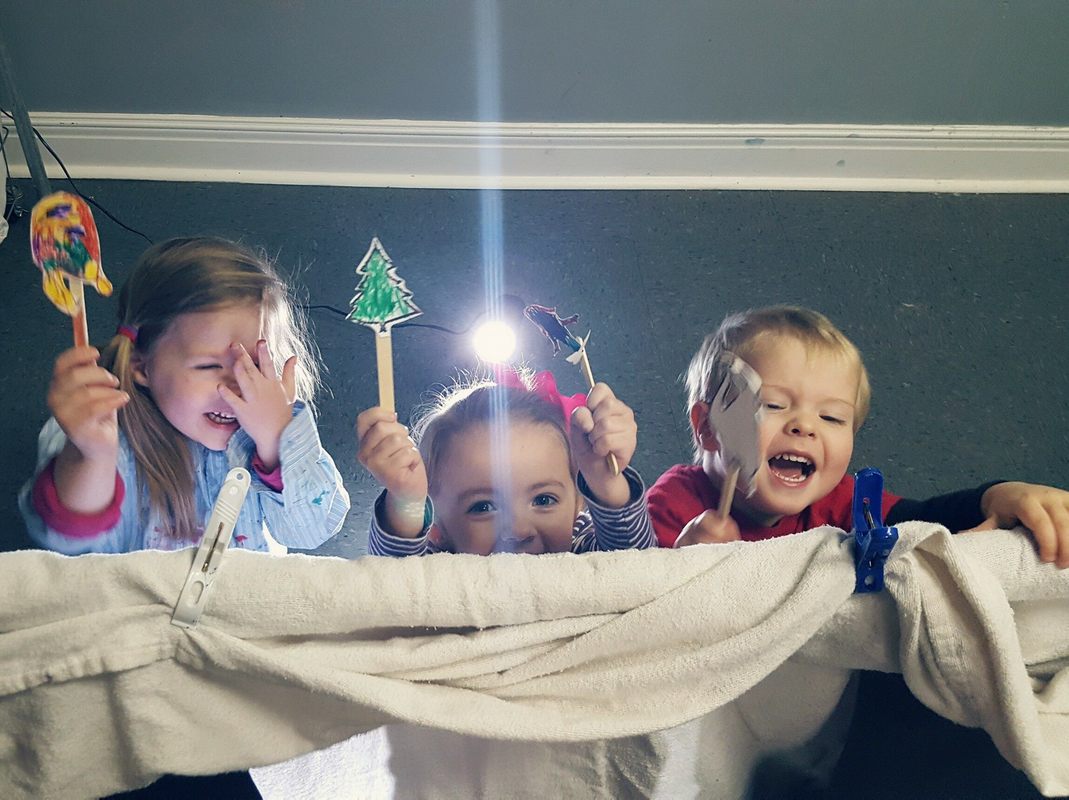
















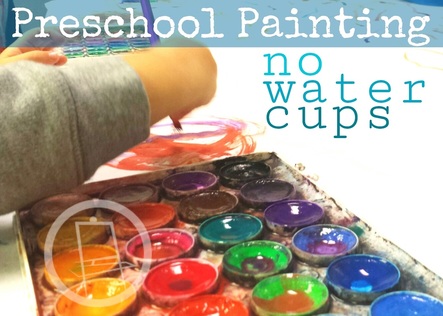
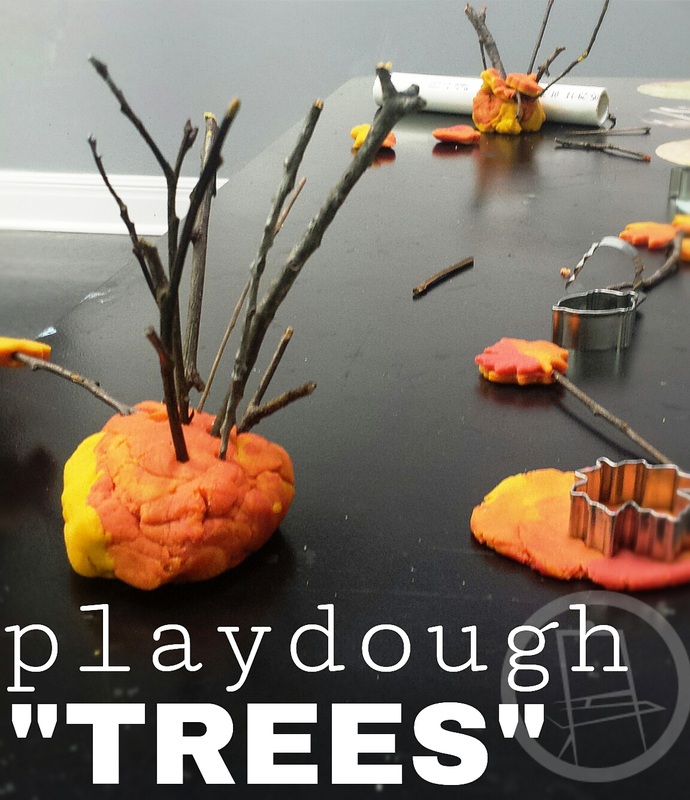

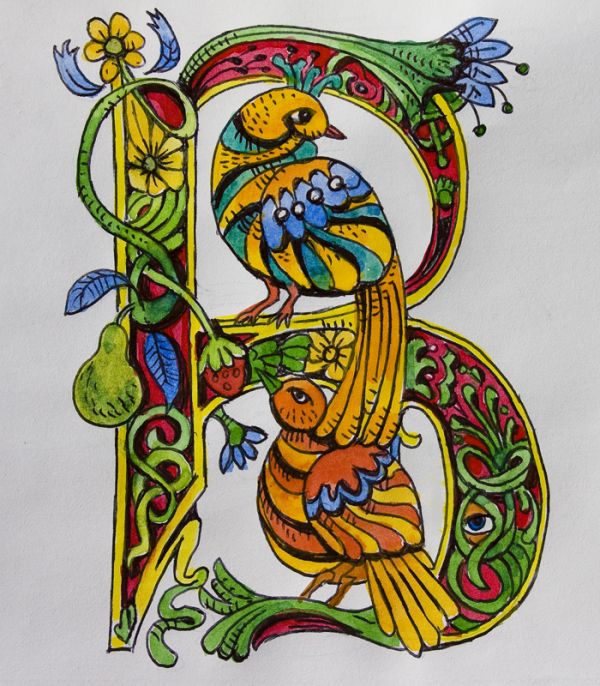
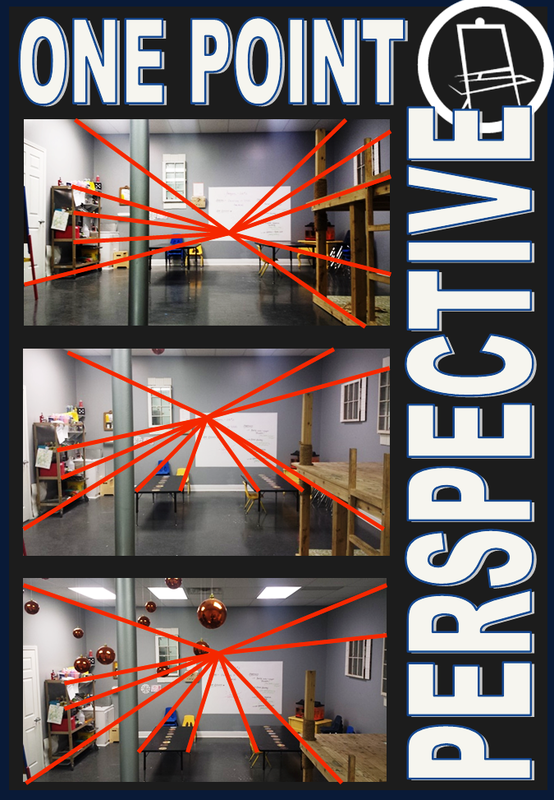
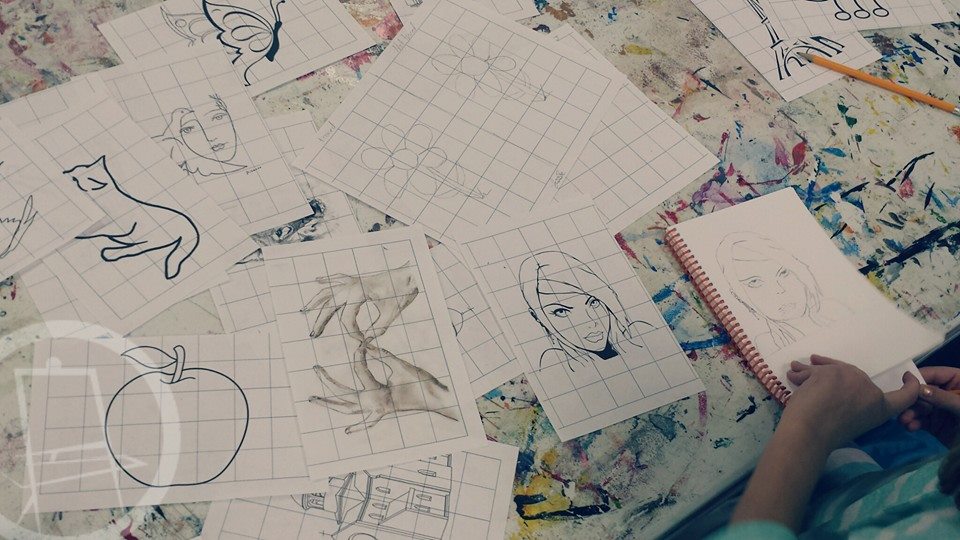
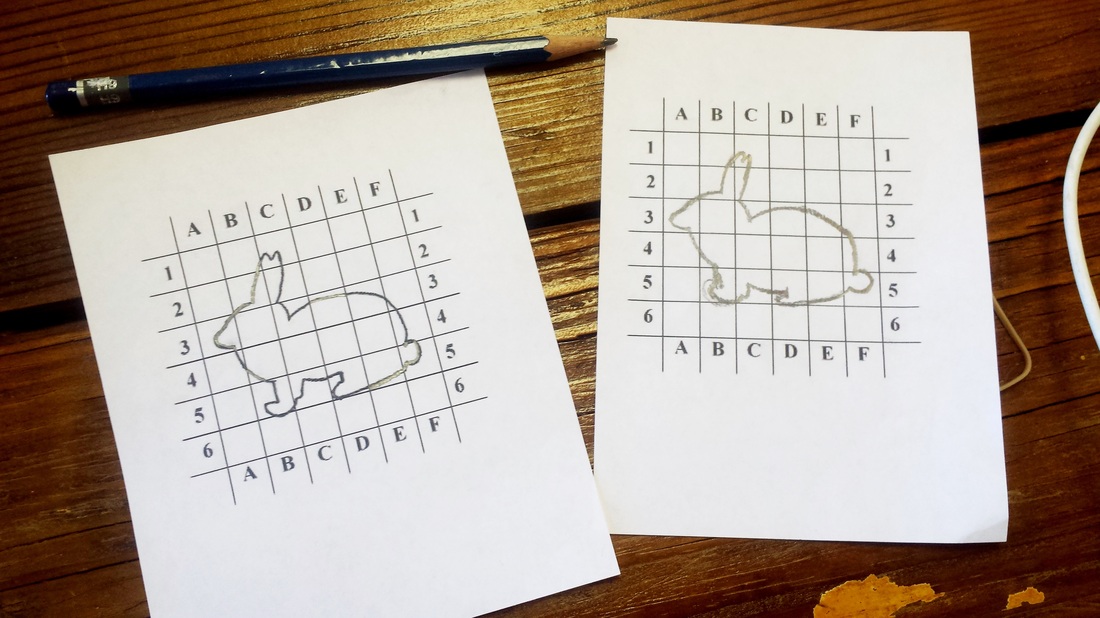
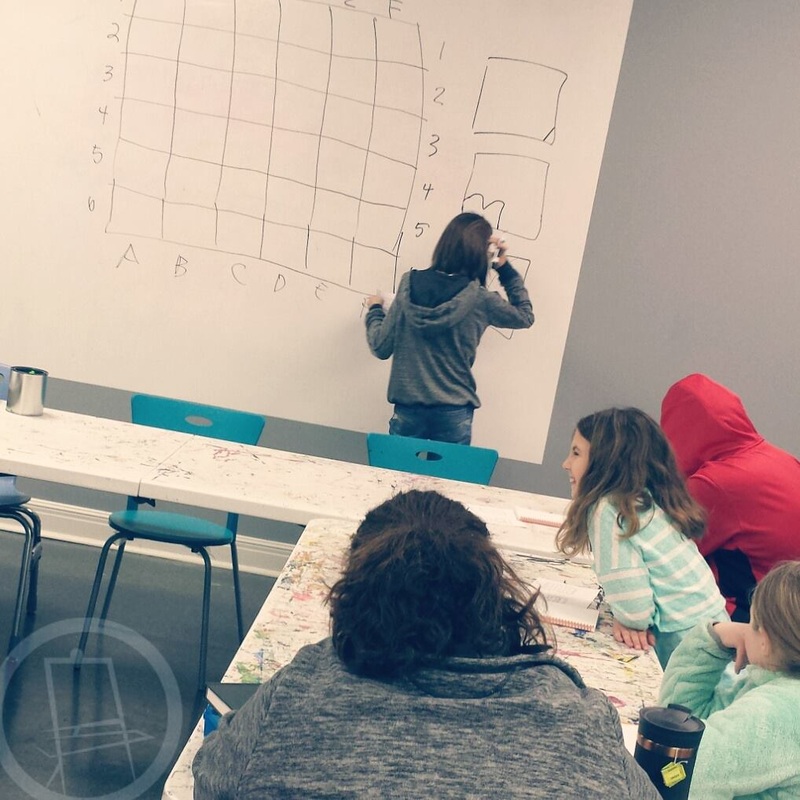
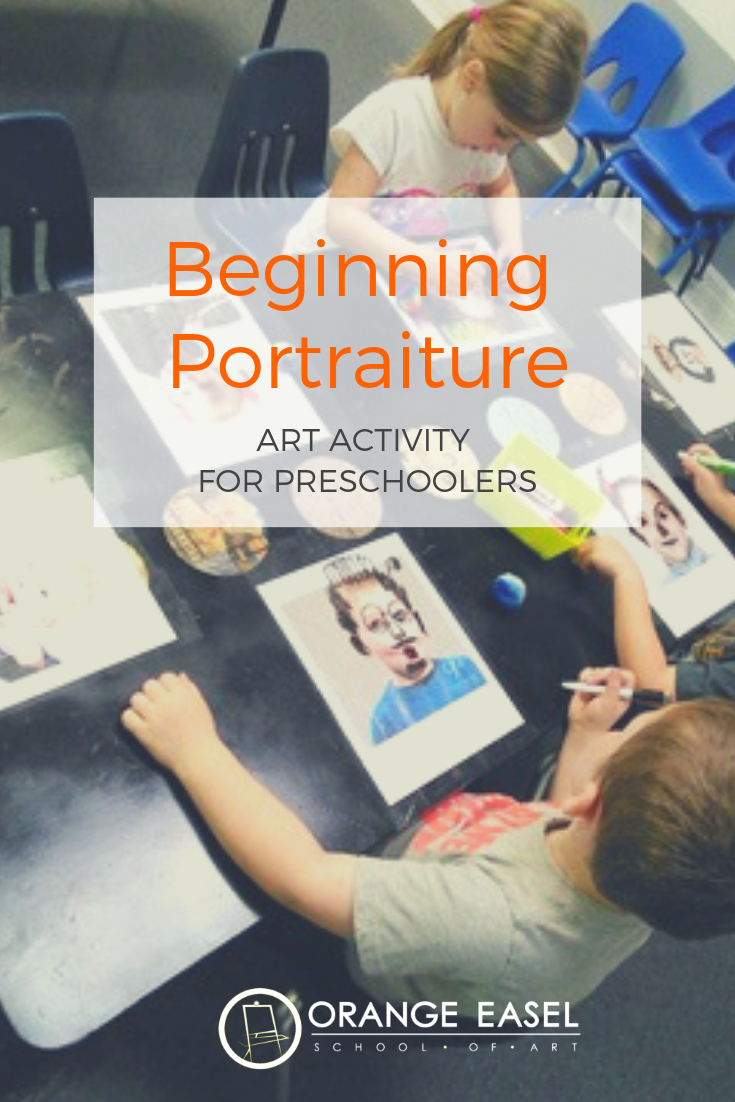




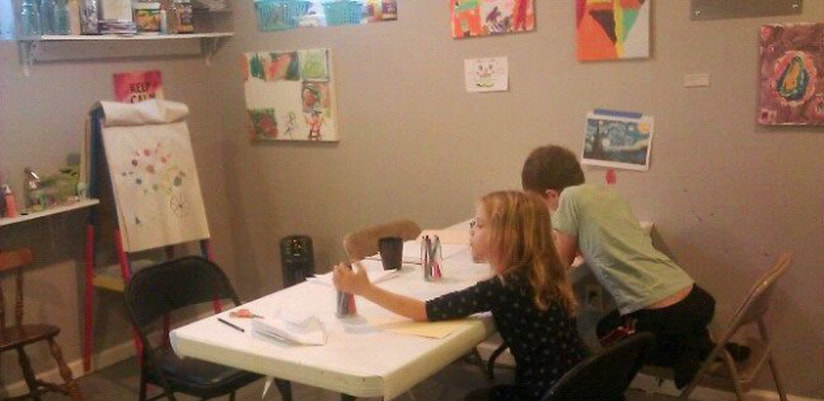
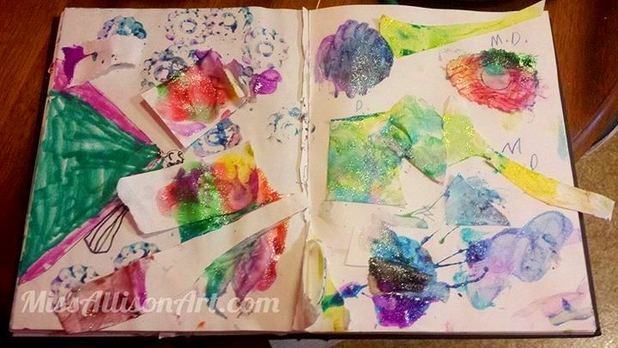
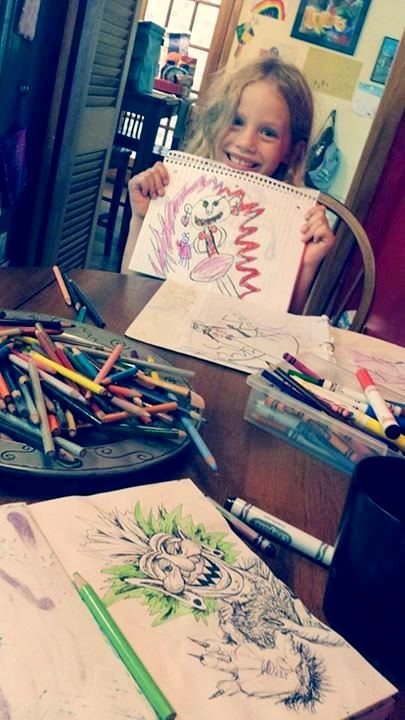
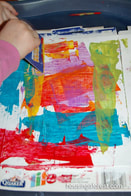
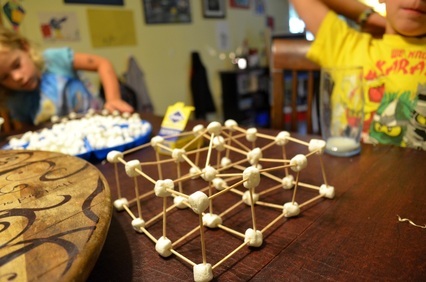
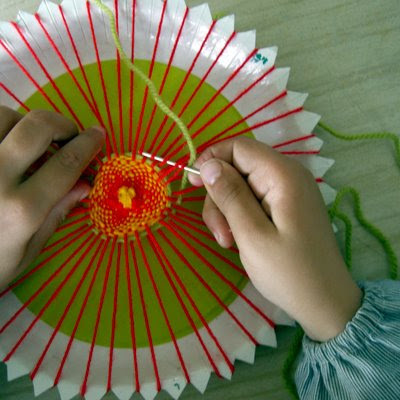
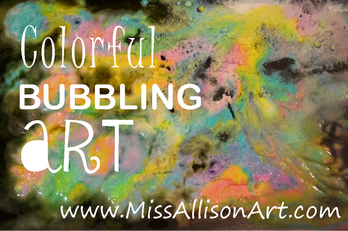
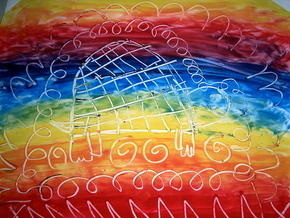

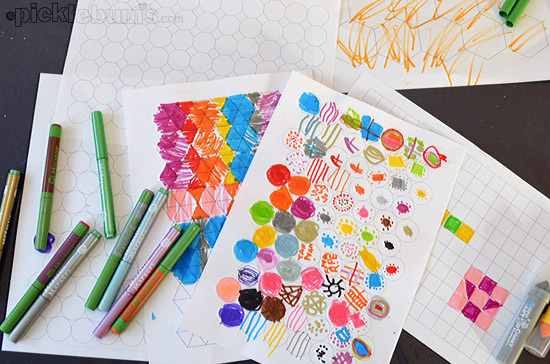
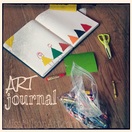
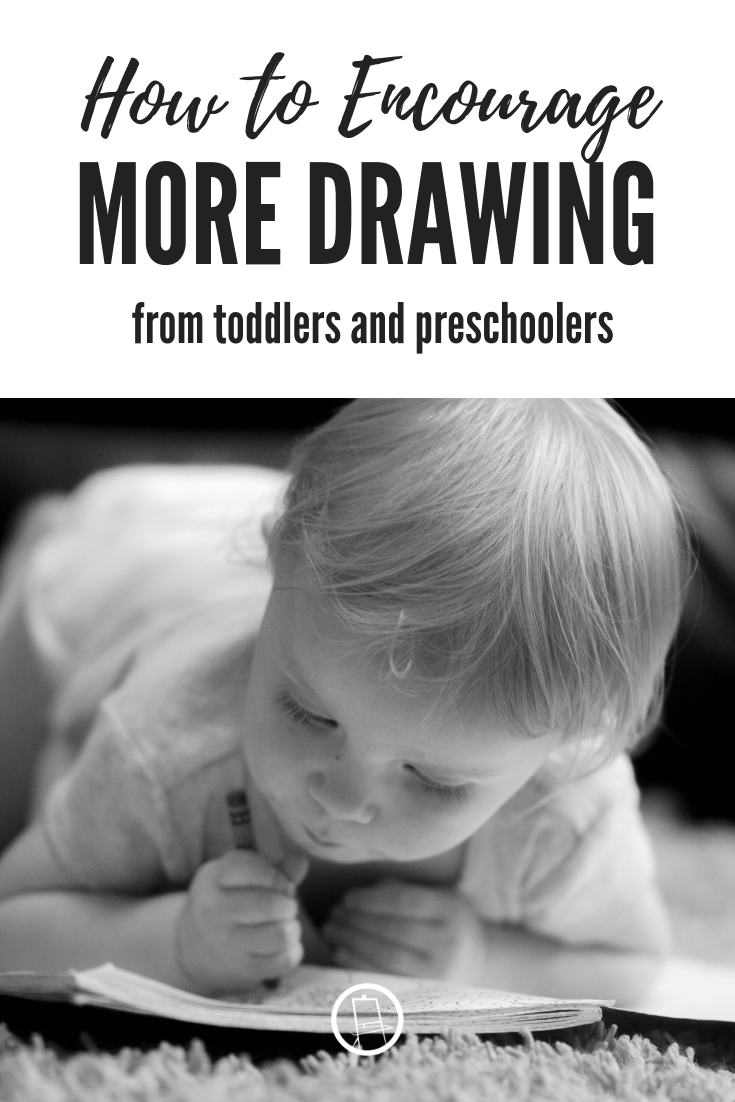



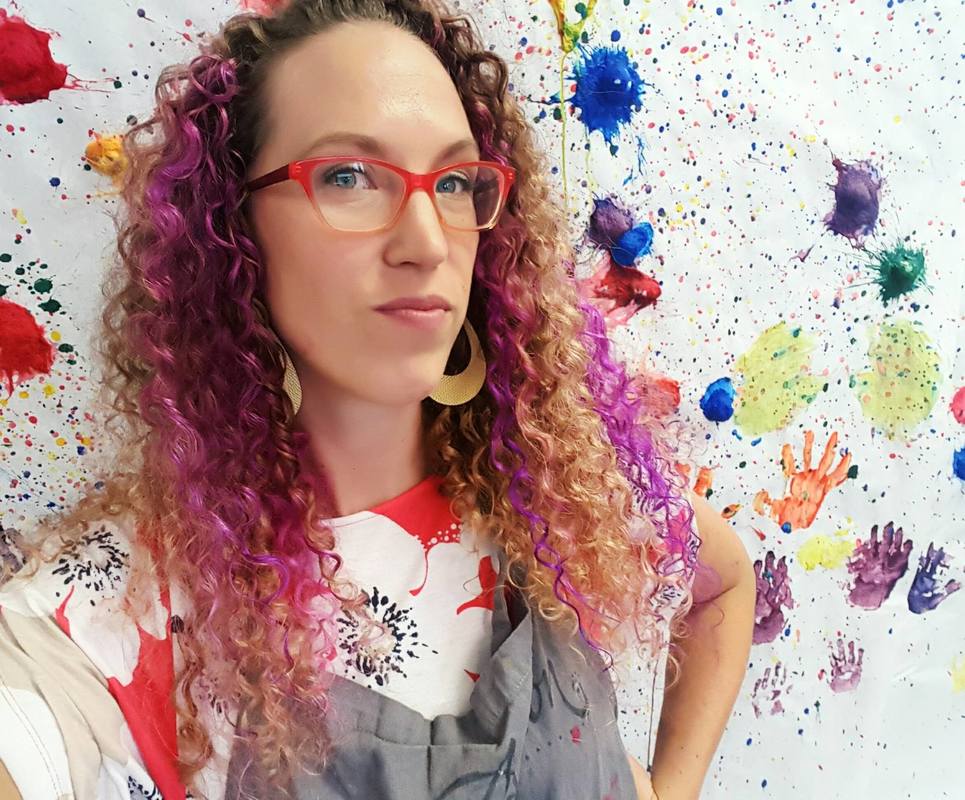
 RSS Feed
RSS Feed
